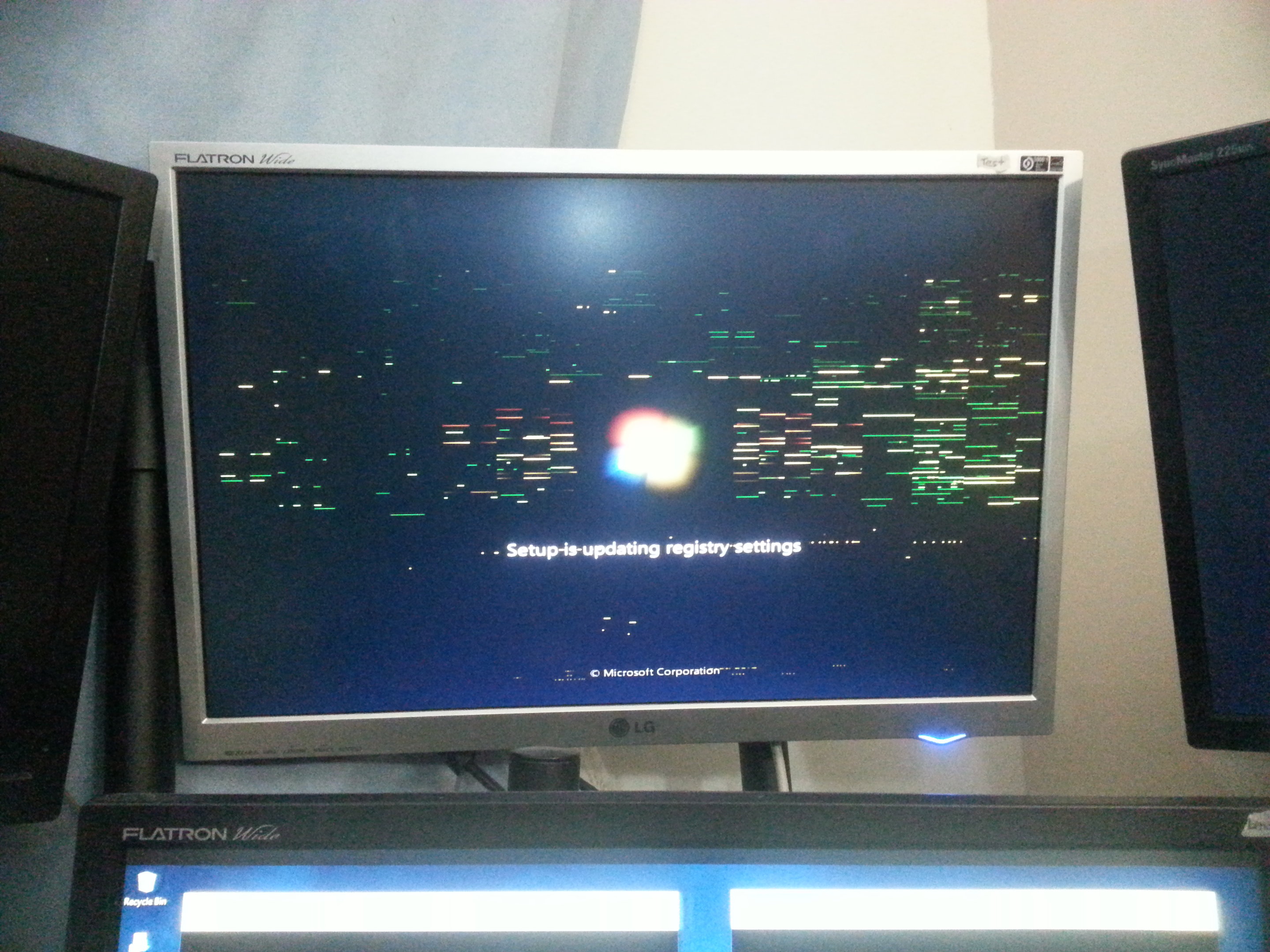

Skeleton screens are most effective when they’re used alongside other methods such as animated spinners or static images. By providing a distraction-free view while waiting for content to load (like an image of an empty room), skeleton screens help users focus on their tasks while they wait instead of worrying about whether they’re doing everything right. People enjoy using them because it helps them visualise how the page will look when it finishes loading and it provides feedback when there is activity going on in the background.Ī skeleton screen isn’t just a blank page or an error message: it’s something that has been carefully crafted with user experience in mind. Skeleton screens have been around for a long time but they’re becoming an increasingly popular UX optimisation tool - particularly when it comes to minimising cognitive load. Provide users with an indication of how close they are to seeing the actual page.Communicate that you’re working on their problem.Give users some idea of what’s coming next.They can also be used to indicate activity and to communicate the purpose of an app or website.

Skeleton screens help users focus on their tasks by providing a distraction-free view while they wait for content to load. The term ‘skeleton screen’ might conjure up images of halloween-style skeletons you can look at while the page loads - but the reality is less spooky.

In this article, we’ll unpack the psychology behind why skeleton screens are so effective, the different types of skeleton screens you can use, and when not to use them. This is where skeleton screens, a user interface (UI) feature, enter the process. But with content-heavy web pages that take slightly longer to load, it’s up to UX designers to find ways to manage users’ expectations and around what exactly they’re waiting for (and how long they’ll be waiting for it). Unfortunately, load times aren’t always in a designer’s control. The more users interact with high-speed web pages and apps, the more frustrated they’ll be when faced with longer loading times. You can also view it in Firefox with the YouTube ALL HTML5 add-on installed, or disable Flash in Internet Explorer.Designing for speed is becoming an increasingly important pillar of good UX.
Whats a screenie android#
To see a screen reader in action, watch this video from University of Colorado Boulder’s Office of Information Technology.įor a fully keyboard-accessible alternative to this video, view it in Chrome or on any Android or iOS device.
Whats a screenie install#
If you’re unsure of the order in which a document will be read, either tab through the page or install a free screen reader, like NVDA. Screen readers are a tool for testing accessibility because they confirm the flow of the page. This means that designing web pages and documents accessibly ensures that screen reader users can navigate the entire site or document using the keyboard. Hitting ‘Tab’ advances a user to the next item on a page. Screen reader users often move through a website or document by using only the keyboard, as this provides precise navigation. For this reason, using navigation styles like headings is part of creating accessible documents. Some screen readers allow the user to preview information, like the navigation bar or all the headings on a page, and skip the user to the desired section of the page. Typically, a screen reader will start at the top of a website or document and read any text (including alternate text for images). It is also helpful for people learning English (or another language) and for the elderly. A screen reader is a piece of assistive technology that is frequently used by person with visual impairments or learning disabilities.


 0 kommentar(er)
0 kommentar(er)
